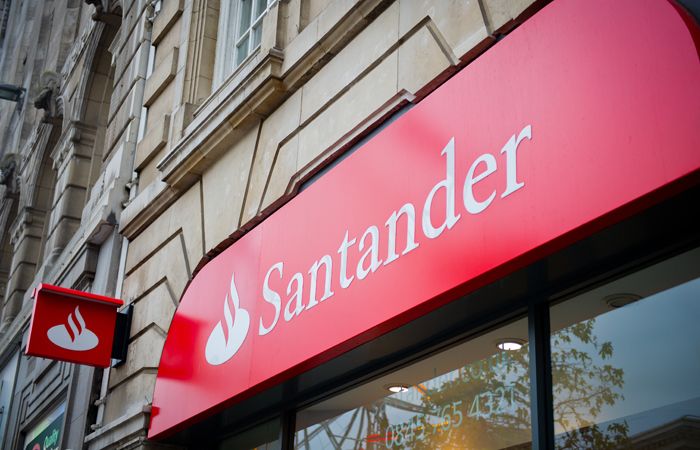
Higher interest rates are ‘not putting buyers off’ as new mortgage lending increased by 26.2% over the last quarter, say SPF Private Clients.
The Bank of England’s latest Mortgage Lenders and Administrators Return (MLAR) shows the value of new mortgage commitments (lending agreed to be advanced in the coming months) in Q2 2023 was 26.2% higher than Q1.
While this was the first increase and highest value observed since Q3 2022, overall, it represents a 26.6% compared to the same quarter last year.
According to the statistics, published today, the outstanding value of all residential mortgage loans was £1.65bn at the end of 2023 Q2 – 0.4% higher than a year earlier.
However, this represented the largest decrease on the previous quarter since reporting began in 2007.
The value of gross mortgage advances in 2023 Q2 was £52.4bn, £6.3bn lower than the previous quarter, and 32.8% lower than in 2022 Q2.
Meanwhile. the share of gross mortgage advances with interest rates less than 2% above base rate was 96.1% in 2023 Q2.
This was 4.8 percentage points (pp) higher than a year ago and the highest seen since 2007 Q3.
The share of gross mortgage advances in Q2 2023 with loan to value (LTV) ratios exceeding 90% was 4.4%.
The proportion of lending to borrowers with a high loan to income (LTI) ratio increased by 1.6pp on the quarter to 45.3% in 2023 Q2 but was 5.2pp lower than a year earlier.
The share for house purchase for owner occupation was 54.0%, up 3.9pp on the previous quarter, and up 1.6pp from 2022 Q2.
Meanwhile, the share of gross advances for remortgages for owner occupation was 32.0%, an increase of 5.0pp since 2022 Q2, but a decrease of 2.7pp since 2023 Q1.
The share for buy-to-let purposes was 8.1%, the lowest observed since 2010 Q4.
The value of outstanding balances with arrears increased by 13% over the quarter and 28.8% over the year, to £16.9 bn in 2023 Q2.
SPF Private Clients chief executive Mark Harris says: “Encouragingly, new mortgage commitments – lending agreed to be advanced in coming months – picked up in Q2, 26.2 per cent higher than Q1 and the first increase and highest value since the third quarter of 2022, indicating there are still those keen to move who are getting on with it.
“Even though borrowers are paying more for their mortgages, this is not putting them off as they tighten their belts and absorb the higher cost of borrowing.
“The good news is that mortgage pricing continues its downwards trend, even though another base rate rise is expected next week.
‘Buy-to-let lending dipped, representing 8.1 per cent of gross advances, the lowest since Q4 2010.
“This is unsurprising given the tax and regulatory changes which have hit the sector hard, although experienced investors continue to seek out opportunities and expand their portfolios.”
MT Finance managing director Gareth Lewis says: “It’s a positive to see that new mortgage commitments picked up quarter-on-quarter suggesting borrowers may have paused at the start of the year to see how things would pan out but are now proceeding.
“Reassuringly, the evidence suggests that consumers are not over-stretching themselves, but remaining cautious and in some cases still waiting to see what happens.
“Once rates have plateaued, this will make decision-making easier and inspire more confidence.”
Quilter’s mortgage expert Karen Noye says that the data ‘paints a multifaceted picture for the housing market’.
She adds that the outstanding value of all residential mortgage loans declining at its quickest rate underscores the ‘deepening concerns about the UK’s property market and its ongoing health’.
Noye says among these challenges there is a glimmer of hope emerging with news that new mortgage commitments have increased significantly.
However, borrowing for buy-to-let purposes falling to its lowest level since Q4 2010, at just 8.1%, ‘suggests that there is an exodus of landlords from the property market as the tightening of tax laws on buy-to-lets make them a more unattractive investment’.
“Coupled with this the continuing high property values but simultaneous threat of a property price crash is seemingly making more landlords opt to stay out of the market,” she adds.



